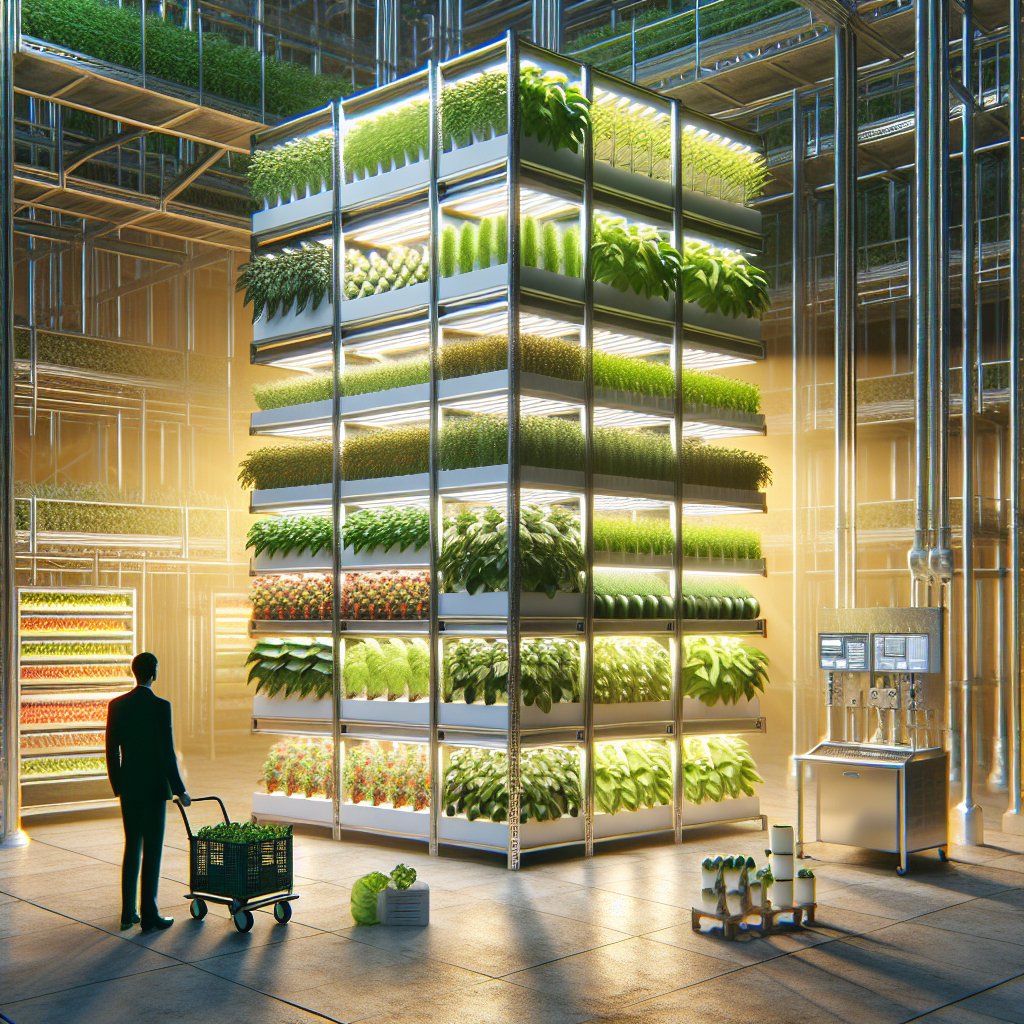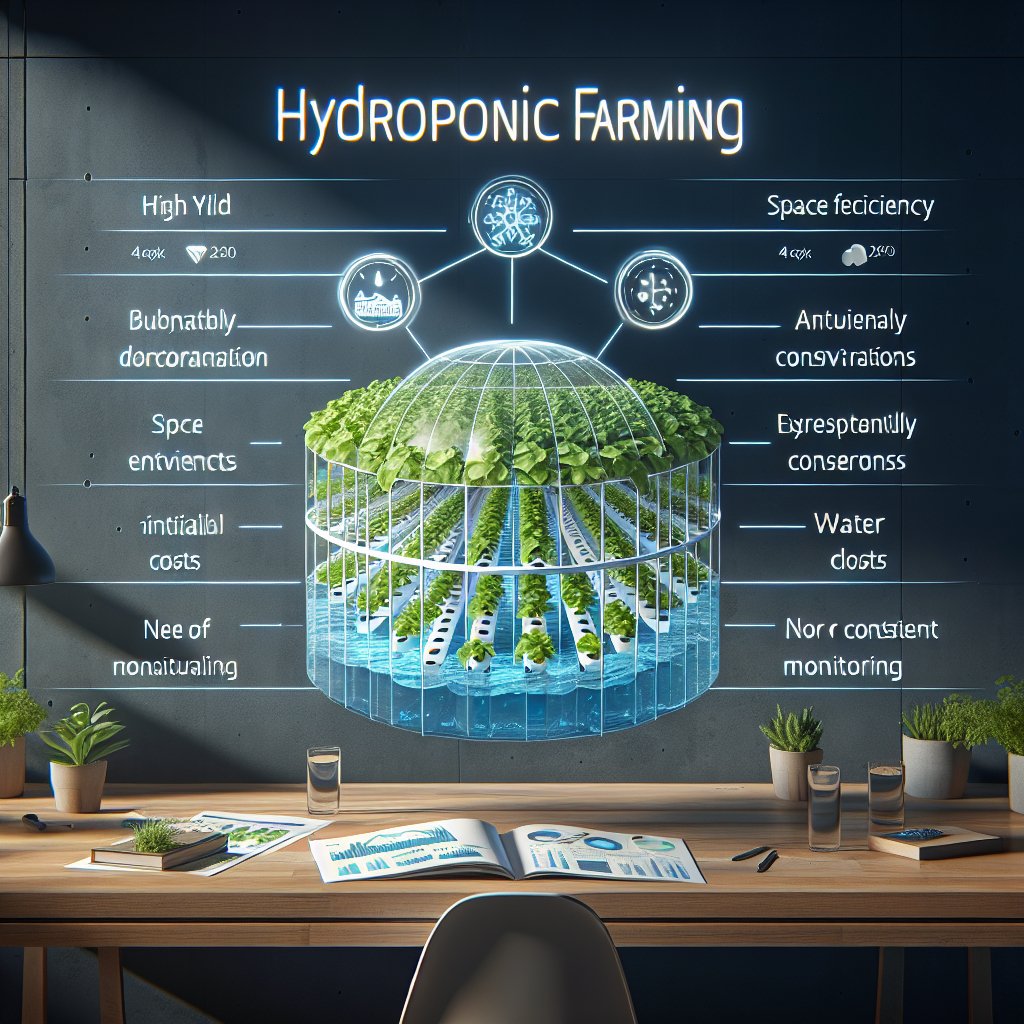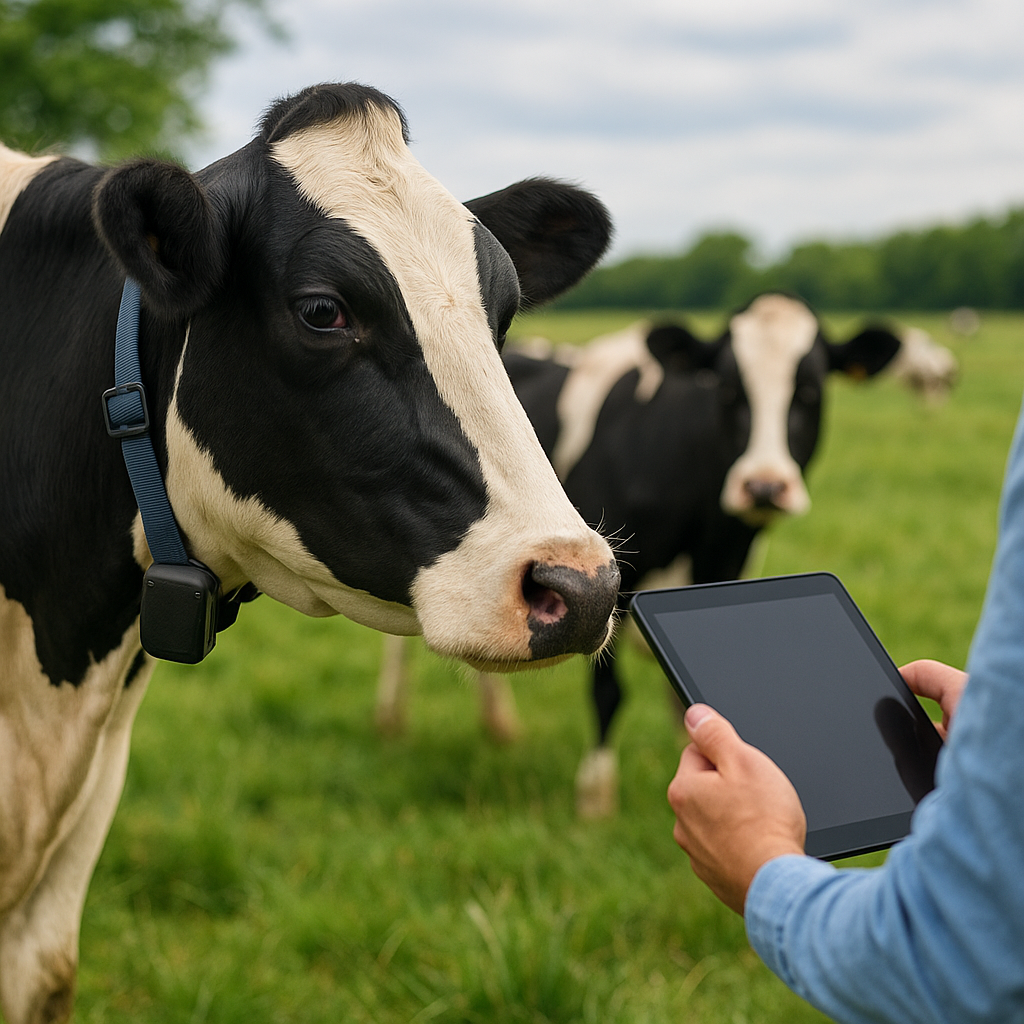Vertical farming is an innovative agricultural practice that involves growing crops in vertically stacked layers, often integrated into other structures like skyscrapers, shipping containers, or repurposed warehouses. This method of farming is gaining popularity as a sustainable solution to the challenges posed by traditional agriculture, such as limited arable land, climate change, and the need for local food production. In this article, we will explore the benefits and challenges of vertical farming, examining how it can revolutionize the way we produce food and the obstacles it must overcome to become a mainstream agricultural practice.
Benefits of Vertical Farming
Vertical farming offers numerous advantages over traditional farming methods, making it an attractive option for urban areas and regions with limited agricultural space. One of the most significant benefits is the efficient use of space. By growing crops in vertically stacked layers, vertical farms can produce a large amount of food in a relatively small footprint. This is particularly beneficial in urban areas where land is scarce and expensive.
Another advantage of vertical farming is its ability to produce food year-round, regardless of weather conditions. Traditional farming is heavily dependent on the seasons and climate, which can lead to fluctuations in food supply and prices. Vertical farms, on the other hand, are typically climate-controlled environments that allow for consistent production throughout the year. This not only ensures a steady supply of fresh produce but also reduces the need for long-distance transportation, which can lower carbon emissions and improve food security.
Vertical farming also offers environmental benefits. By using hydroponic or aeroponic systems, vertical farms can significantly reduce water usage compared to traditional farming methods. These systems recycle water and nutrients, minimizing waste and conserving resources. Additionally, vertical farms can be designed to use renewable energy sources, such as solar or wind power, further reducing their environmental impact.
Moreover, vertical farming can contribute to urban greening and biodiversity. By integrating farms into urban landscapes, cities can increase their green spaces, which can improve air quality, reduce urban heat, and provide habitats for various species. This can enhance the overall quality of life for urban residents and promote a more sustainable urban environment.
Challenges of Vertical Farming
Despite its many benefits, vertical farming faces several challenges that must be addressed to realize its full potential. One of the primary challenges is the high initial cost of setting up a vertical farm. The technology and infrastructure required for vertical farming, such as LED lighting, climate control systems, and hydroponic or aeroponic systems, can be expensive. This can be a significant barrier for small-scale farmers or startups looking to enter the market.
Another challenge is the energy consumption associated with vertical farming. While vertical farms can be designed to use renewable energy sources, the energy required for lighting, climate control, and other systems can still be substantial. This can lead to high operational costs and limit the scalability of vertical farming operations. Finding ways to reduce energy consumption and improve the efficiency of these systems is crucial for the long-term viability of vertical farming.
Vertical farming also requires a skilled workforce to manage and operate the technology involved. This can be a challenge in regions where there is a lack of expertise in advanced agricultural practices. Training programs and educational initiatives are needed to develop the necessary skills and knowledge to support the growth of the vertical farming industry.
Additionally, there are challenges related to crop selection and diversity. While vertical farming is well-suited for growing leafy greens and herbs, it can be more challenging to grow larger or more complex crops, such as grains or root vegetables. Research and development are needed to expand the range of crops that can be successfully grown in vertical farms, ensuring a diverse and balanced food supply.
Finally, there are regulatory and policy challenges that need to be addressed. As a relatively new industry, vertical farming may face regulatory hurdles related to zoning, food safety, and environmental impact. Policymakers need to develop frameworks that support the growth of vertical farming while ensuring that it operates sustainably and safely.
Conclusion
Vertical farming presents a promising solution to many of the challenges facing traditional agriculture, offering benefits such as efficient land use, year-round production, and environmental sustainability. However, it also faces significant challenges, including high costs, energy consumption, and regulatory hurdles. To fully realize the potential of vertical farming, it is essential to address these challenges through innovation, investment, and supportive policies. As the global population continues to grow and urbanize, vertical farming could play a crucial role in ensuring food security and promoting sustainable development.



